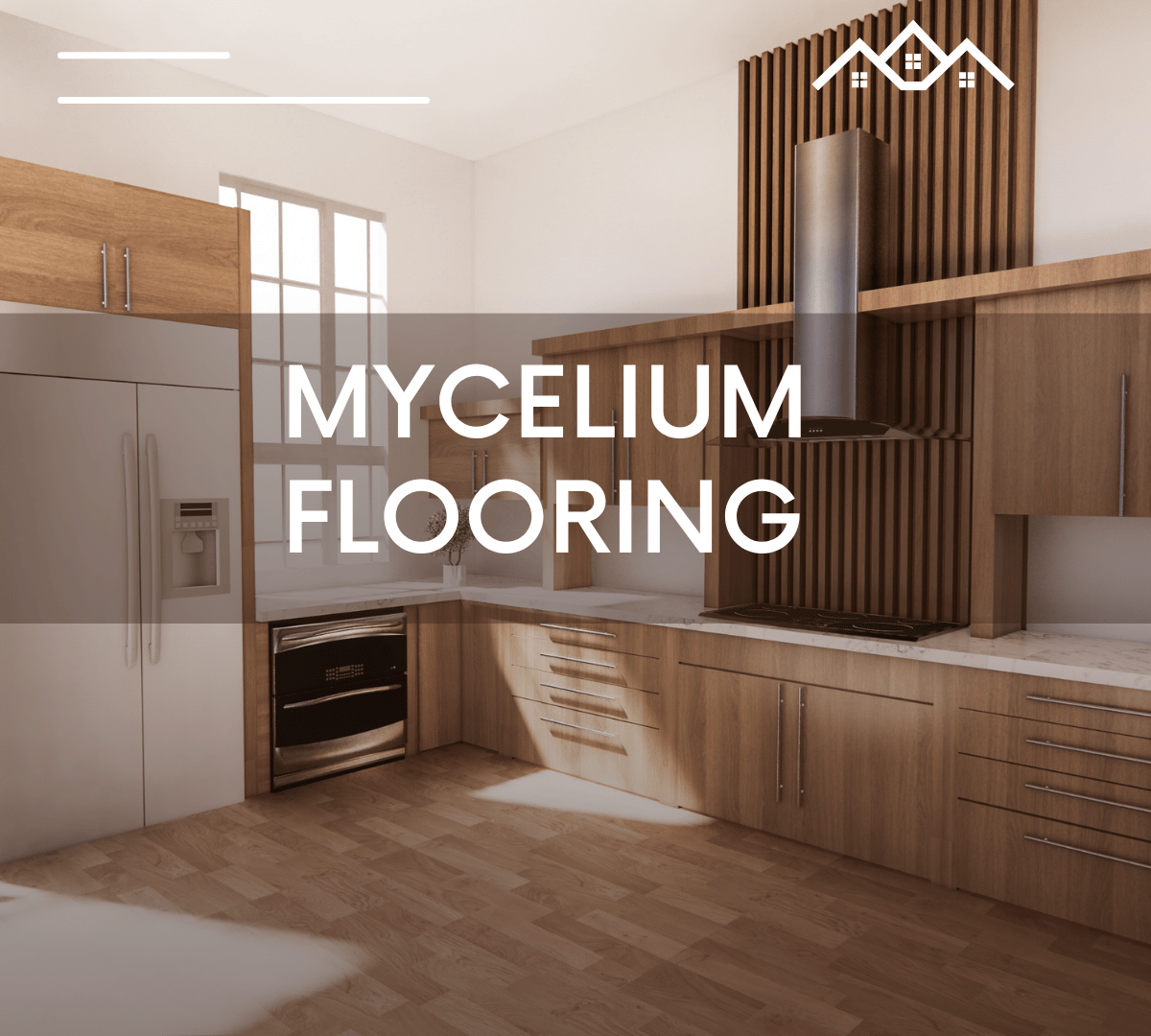Imagine a floor that grows from mushrooms! A company called Mogu Floor makes special floor tiles using mycelium – the thread-like roots of mushrooms – mixed with leftover natural materials. They turn farm and plant waste (like cotton scraps, corn stalks, straw, coffee grounds, and even seaweed and clam shells) into strong, eco-friendly tiles. These mushroom-based floors are made for nice homes, offices, and public places, and they help buildings be fully circular and sustainable.
What It’s Made Of
- Mushroom roots (mycelium): The white, fuzzy threads of fungi that act like a natural glue.
- Cotton scraps: Old pieces of cotton cloth or fabric left over from making clothes.
- Plant leftovers: Things like corn stalks, rice straw, and pieces of seaweed or oyster shells that would normally be thrown away.
All these ingredients are mixed together to create a natural composite. The mycelium grows through the mixture and binds everything tightly, making a strong core for the tile. Then a plant-based resin cover (think of it like a green plastic made from plants) is added on top. Even the colors come from nature: Mogu grinds oyster and clam shells to make natural pigments for the top layer instead of using harmful dyes.
How It’s Made
Making mycelium flooring is a bit like baking a cake with fungi and plant scraps. Here are the simple steps Mogu uses to make each tile:
- Prepare the core: Start with bags of sterilized cotton fibers (cleaned to remove germs). Add a small sample of mushroom mycelium to each bag. Put the bags in a warm, humid room so the mycelium can grow throughout the cotton.
- Grow and mix: Once the mycelium has filled the cotton, take it out and shred it into small pieces. Mix those pieces with a natural binder (like plant-based glue) and compress the mix tightly. Pressing it together makes it very dense and strong – the mycelium acts like a natural glue, holding everything in place.
- Make the top layer: While the core is being prepared, make the tile’s cover. Grind old oyster and clam shells into a fine powder to get natural colors. Mix this powder into a special bio-based resin (a plant-derived plastic). Spread this colored resin over the top of the compressed core and heat it to dry. This makes a thin, hard layer of eco-friendly “plastic” on the surface.
- Assemble the tile: Finally, press the dried resin layer onto the mycelium core. This lamination (sticking together) gives us the finished tile: a strong core of mushroom-infused material with a durable, colored cover on top.
Where You Can Find It
Mogu’s mycelium flooring tiles are used in fancy living rooms, modern offices, and public buildings. They work just like any other floor tile – you can walk on them, and they even have a bit of give when you step (making them resilient and comfy). These floors are great for places that want something unique and eco-friendly. Because they are lightweight, they are easier to move and install too.
Why It’s Good for the Planet
Mycelium flooring is special because it helps the Earth.
- Most of the tile is made from natural, leftover materials, so it reuses what would be trash.
- It’s biodegradable, meaning it can break down safely when it’s no longer needed.
- Instead of toxic paints or plastics, it uses plant-based resin and shell pigments for color. For example, they mix ground oyster shells into a plant plastic to get beautiful, natural colors.
- Because everything in the tile is natural or from waste (corn stalks, rice straw, coffee grounds, seaweed, shells), nothing goes to waste. The floor can even be composted at the end of its life, returning nutrients to the soil.
In short, these mushroom-made floors are strong, attractive, and eco-friendly. They show how we can use nature’s own tricks – like the way mycelium grows – to make buildings greener and more sustainable



